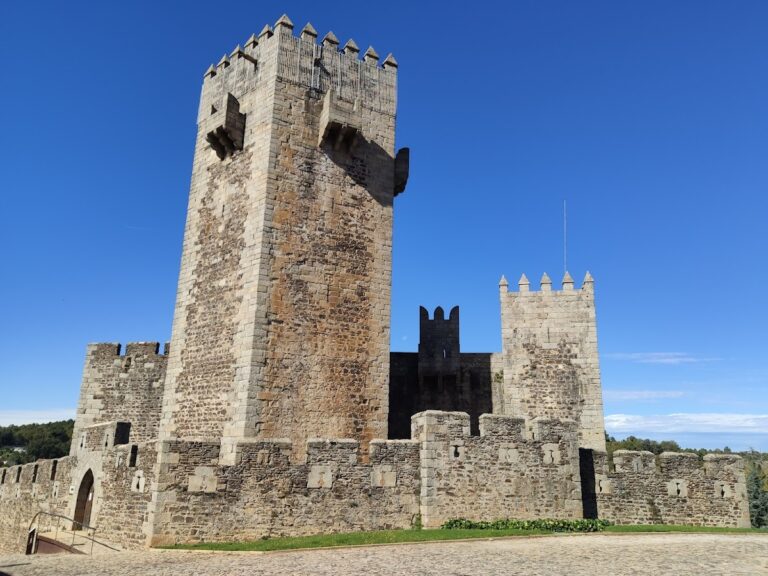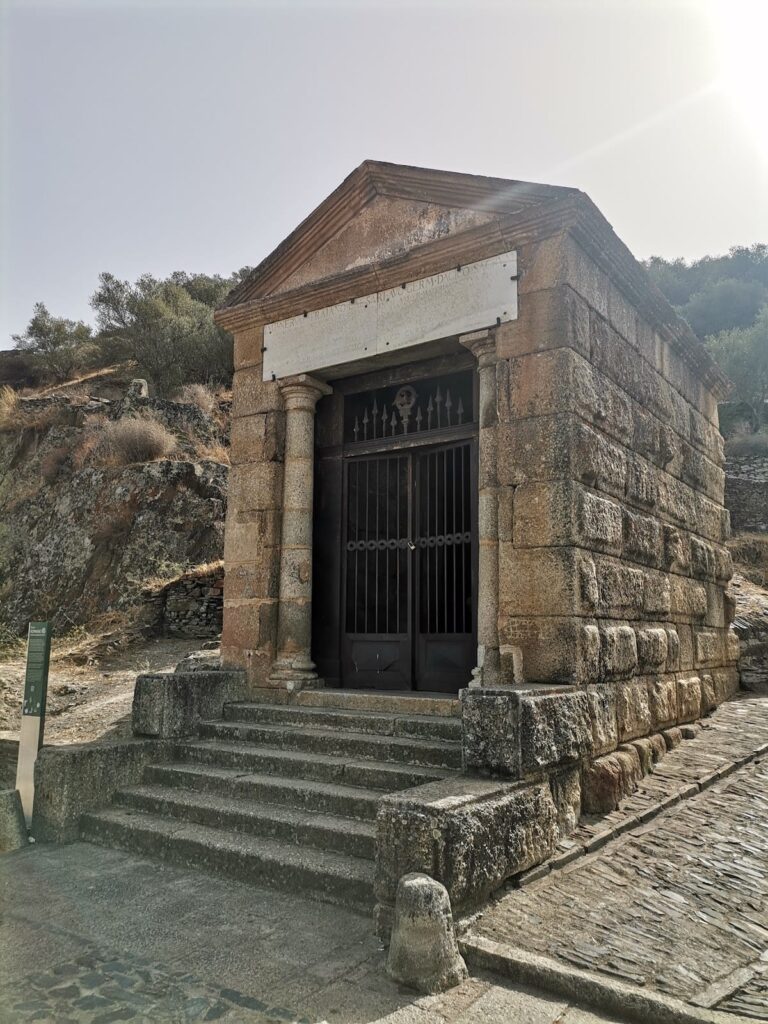Castle of Penha Garcia: A Historic Fortress in Idanha-a-Nova, Portugal
Visitor Information
Google Rating: 4.6
Popularity: Medium
Google Maps: View on Google Maps
Country: Portugal
Civilization: Unclassified
Remains: Military
History
The Castle of Penha Garcia is located in the municipality of Idanha-a-Nova, Portugal. Its origins trace back to prehistoric times, initially established as a Neolithic fortified settlement known as a castro. This early site later underwent Roman occupation, likely influenced by nearby gold mining activities in the Pônsul River valley, which continued well into the modern era.
The construction of the medieval castle is attributed to the period of King Sancho I of Portugal’s rule in the late 12th and early 13th centuries. It formed part of a broader defensive network meant to protect the kingdom’s eastern border from the neighboring Kingdom of León and to guard against southern Muslim forces amid the ongoing Reconquest of the Iberian Peninsula. In 1220, King Afonso II granted control of the castle and its surrounding lands to the Order of Santiago, a military-religious order entrusted with the defense and repopulation of frontier territories.
Penha Garcia was formally recognized with a Foral charter on October 31, 1256, granted by King Afonso III. This legal document conferred privileges and outlined administrative structures based on the model used for Penamacor, aiding in the settlement’s development. In 1303, a significant transfer of ownership took place when King Dinis handed the castle and its estates to the Order of the Templars, represented by their leader Vasco Fernandes. Following the dissolution of the Templars, the property passed to the Order of Christ, which succeeded the Templars in Portugal.
During the 16th century, the castle returned to direct royal possession as the Crown integrated the military orders into its domain. This period is also marked by its depiction in Duarte de Armas’s “Livro das Fortalezas” around 1509, a detailed record of important fortifications. King Manuel I reaffirmed the settlement’s status with a renewed Foral charter on June 1, 1510.
From the 17th century onward, the control of the area shifted to secular nobility, specifically the Counts of São Vicente da Beira, and the castle served as a haven for fugitives until Queen Maria I abolished this function in 1790. After the municipality was dissolved in 1836, the castle slowly fell into disrepair, with further damage caused over time by treasure seekers. Although it is not currently classified as a protected heritage site, recent efforts have been made toward preserving its remains.
Local tradition tells of D. Garcia, a castle governor or alcaide, who is said to have abducted D. Branca, the daughter of the nearby Monsanto governor. As punishment, D. Garcia allegedly had his left arm amputated as a “penhor de justiça,” a form of legal surety or bond. According to the legend, his spirit continues to watch over the surrounding area.
Remains
The Castle of Penha Garcia occupies a commanding position on the Ramiro mountain range, situated on the southern slope of the Penha Garcia peak, which is a part of the Malcata mountain system. The fortress overlooks the right bank of the Pônsul River valley, providing extensive views across the plains to the Feitoso valley and its dam. This strategic location underscores the defensive purpose of the castle.
Surviving sections of the castle’s medieval walls remain intact and have been the focus of recent restoration work, which has helped to stabilize and preserve these stone structures. These stretches of fortified wall once formed part of the castle’s defensive enclosure, retaining their robust character and commanding views essential for surveillance and protection.
Near the castle ruins, within the adjacent village, a historic smoothbore cannon is preserved. This muzzle-loading artillery piece represents later military technology and provides a tangible link to the castle’s long history of defense and military presence in the region.
The remains are primarily stone masonry walls, reflecting construction typical of medieval fortifications in Portugal. While details such as decorative elements or inscriptions have not been documented, the surviving structures clearly communicate the castle’s role as a stronghold overseeing the surrounding landscape.
Oral histories connected to the site emphasize its proximity to Monsanto hill and reinforce the castle’s place within regional narratives and legends, particularly the story of the alcaide D. Garcia and his enforced justice. These accounts contribute to the cultural significance of the castle beyond its archaeological footprint.










